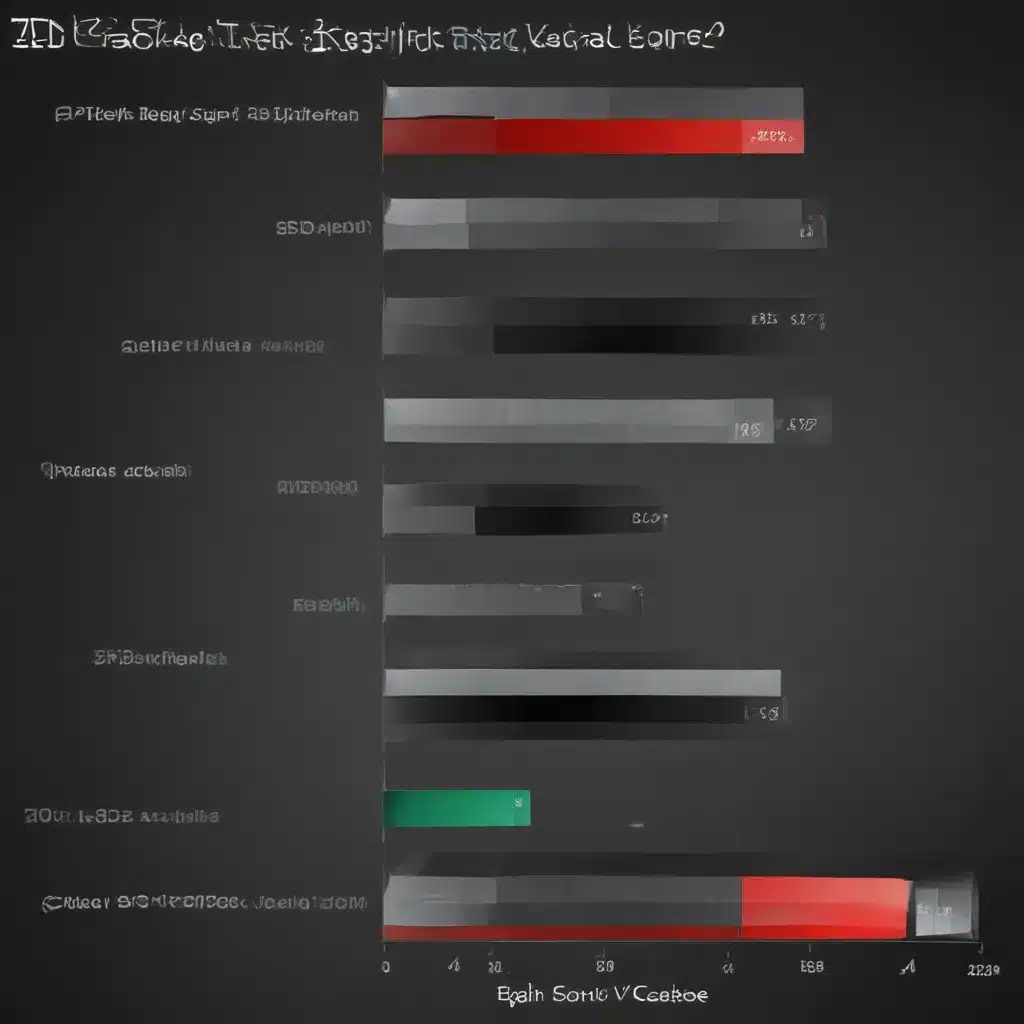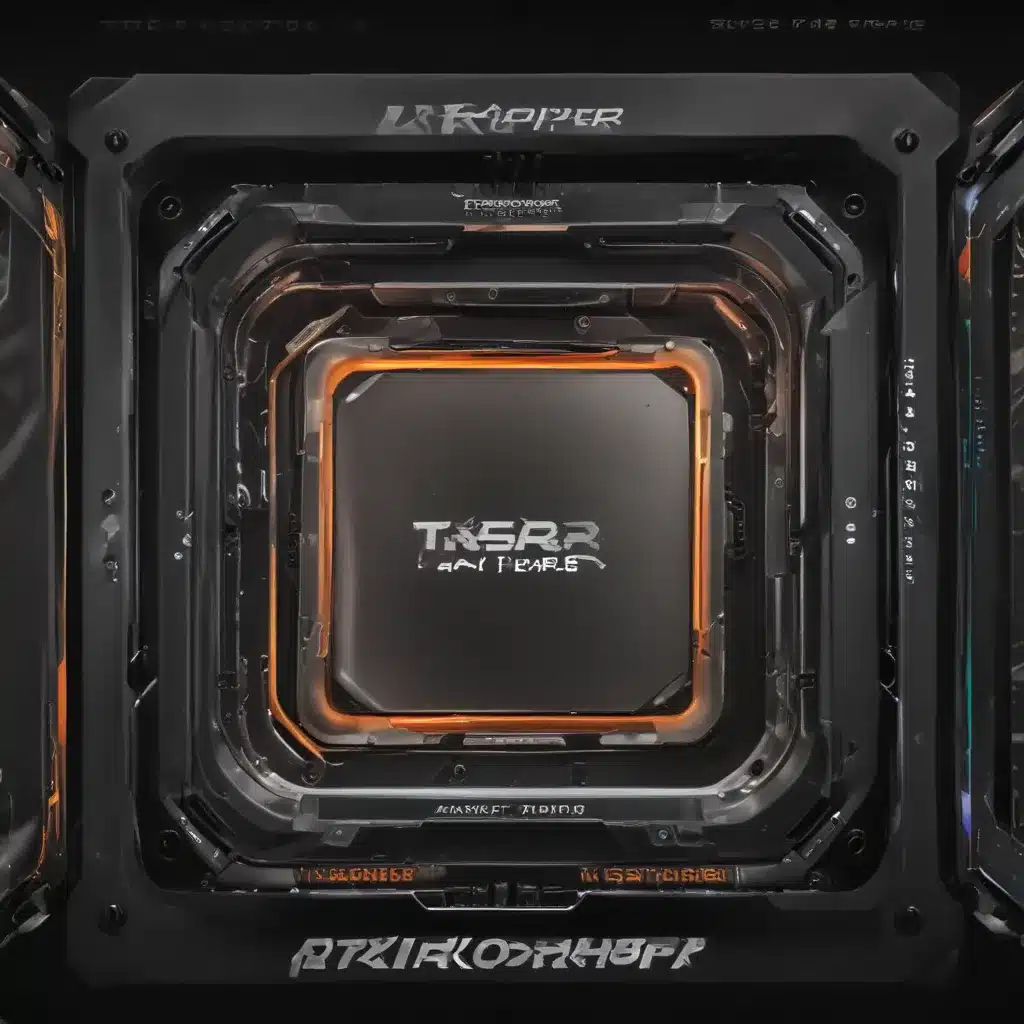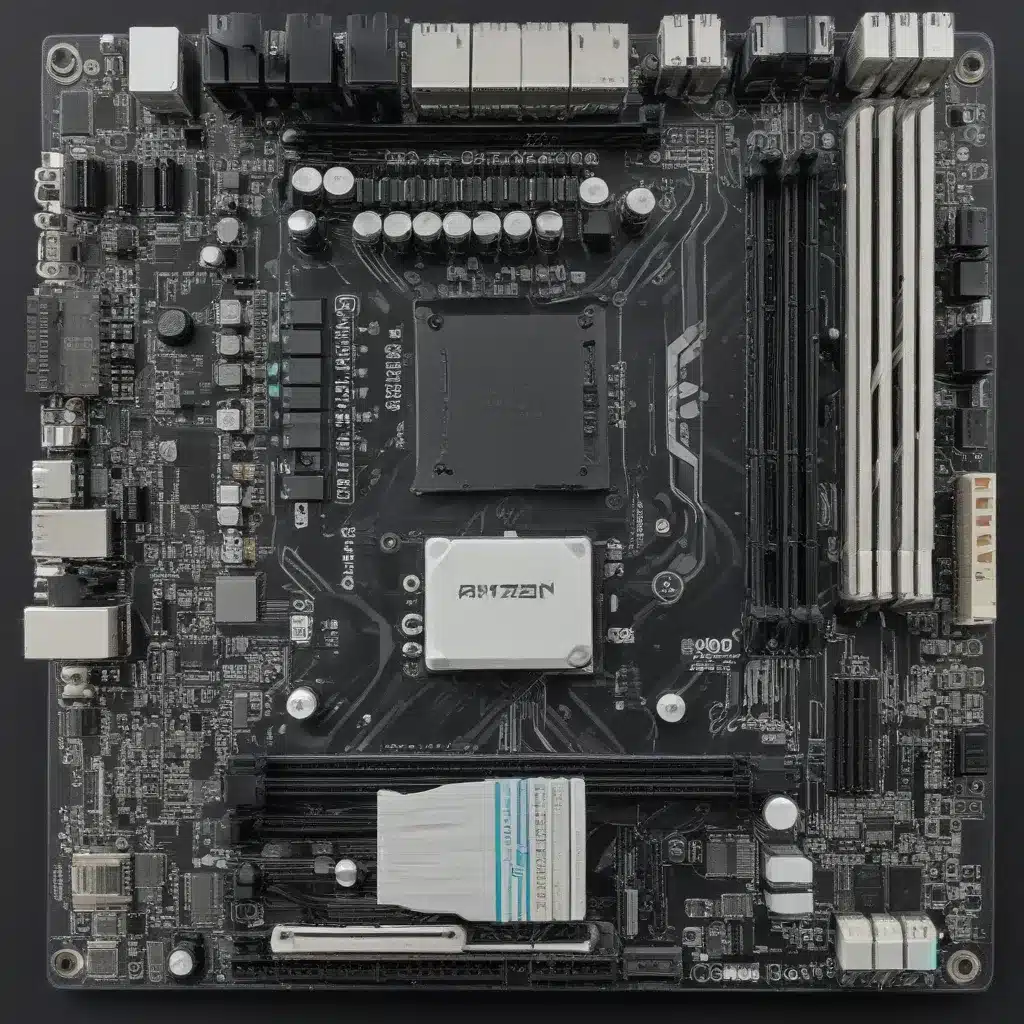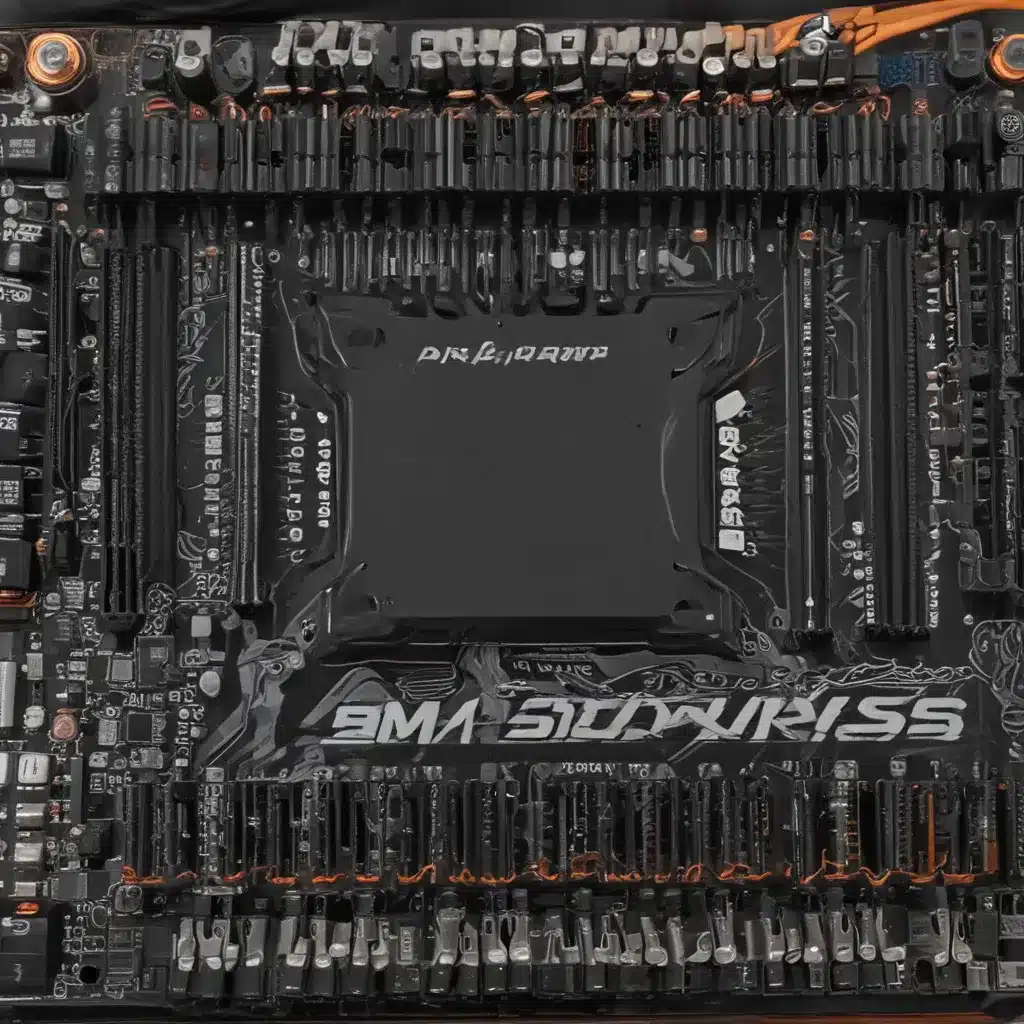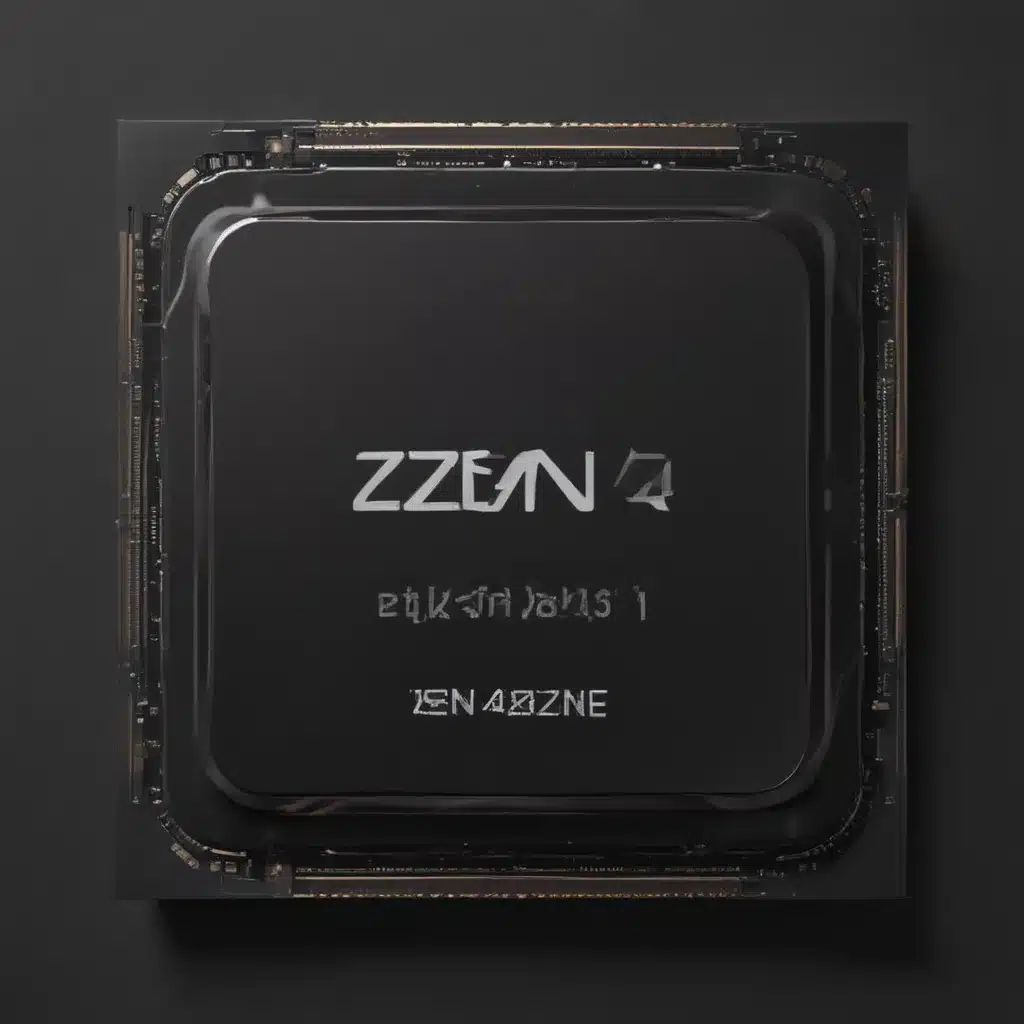Introduction
Unreal Engine 6 (UE6) brings exciting new features and improvements for game developers, including major advancements in weather systems and volumetric cloud rendering. As a game developer who loves creating immersive open worlds, I’m thrilled to dive into using dynamic weather and volumetric clouds in my UE6 projects. These new systems will help me craft stunning skies, landscapes, and visually impactful weather events to better immerse players.
Overview of Weather Systems in UE6
The weather system in UE6 has been completely overhauled compared to previous versions of Unreal. It is now fully volumetric, meaning weather effects like fog, rain, and snow are rendered in 3D rather than flat planes. This makes them feel much more realistic and integrated into the world.
Some key improvements include:
-
Volumetric fog – Fog now fills open spaces in a volumetric way and is affected by wind and turbulence for natural motion.
-
Volumetric clouds – Cloud rendering is now fully volumetric and integrated with atmospheric lighting for amazing quality.
-
Physically based sky atmosphere – The sky atmosphere accurately simulates Rayleigh scattering, sun connection, aerial perspective, and more.
-
Multiple cloud layers – Different types of clouds like cirrus, cumulus, and stratus can be blended and moved at different altitudes.
-
Weather presets – Presets for rain, snow, storms, and other weather conditions can be easily tweaked and expanded.
-
Weather events – Cue one-off weather events like heat waves, thunderstorms, and blizzards that dynamically affect the environment.
How Volumetric Clouds Work in UE6
The new volumetric cloud system in UE6 takes cloud rendering to the next level. Volumetric clouds have much more depth and realism compared to the flat cloud textures of older engines.
Here’s an overview of how volumetric cloud rendering works:
-
Clouds use 3D volume textures to define their shape and density.
-
Multiple cloud layers can be blended together with different types, altitudes, and thickness.
-
Directional lights like the sun scatter and transmit through clouds to illuminate them.
-
Environmental interactions occur such as shadows being cast onto the ground as clouds pass overhead.
-
The sky atmospheric model realistically scatters light through cloud volumes.
-
Advanced noise calculations give clouds a natural, fuzzy look that changes over time.
-
GPU-based implementations allow for excellent performance even with many layered clouds.
With all of these systems working together, volumetric clouds come alive and embed themselves realistically into the sky. The whole scene lighting dynamically reacts to the changing sky.
Key Benefits for Game Visuals and Immersion
Implementing the new dynamic weather and volumetric clouds in my UE6 projects provides some huge benefits for visual quality and immersion.
Some of the key advantages I’ve noticed are:
-
Believable environments – More realistic weather makes the whole environment more believable and relatable. The skies alone add so much.
-
Environmental storytelling – Weather communicates stories to players as conditions change. Storm clouds can signify coming danger or set a moody scene.
-
Gameplay interactions – Weather can force players to adapt like seeking shelter from storms. It adds variety and challenges.
-
Visual effects – Volumetric fog rolling over hills or mist hanging over water looks incredible. Weather adds life.
-
Mood and tone – The mood of a scene can be dramatically influenced by things like dark stormy skies, sunny days, or eerie fog.
-
Immersion – More realistic and lively environments equal deeper immersion in the game world for players.
Overall the visual quality and dynamism of UE6 weather makes games feel significantly more modern, cinematic, and alive. It’s an incredibly powerful tool for worldbuilding and storytelling.
Conclusion
I’m blown away by the new weather systems and volumetric cloud rendering in Unreal Engine 6. They elevate the visuals of open world games to new levels and provide powerful options for dynamically affecting game environments. After digging into UE6’s skies, fog, and weather effects myself, I can say these are some of the most impressive and realistic I’ve ever seen in a game engine. I can’t wait to leverage these new tools to craft stunning weather scenarios that will immerse players in my game worlds like never before. The future of interactive 3D worlds with UE6 is looking brighter and brighter.



